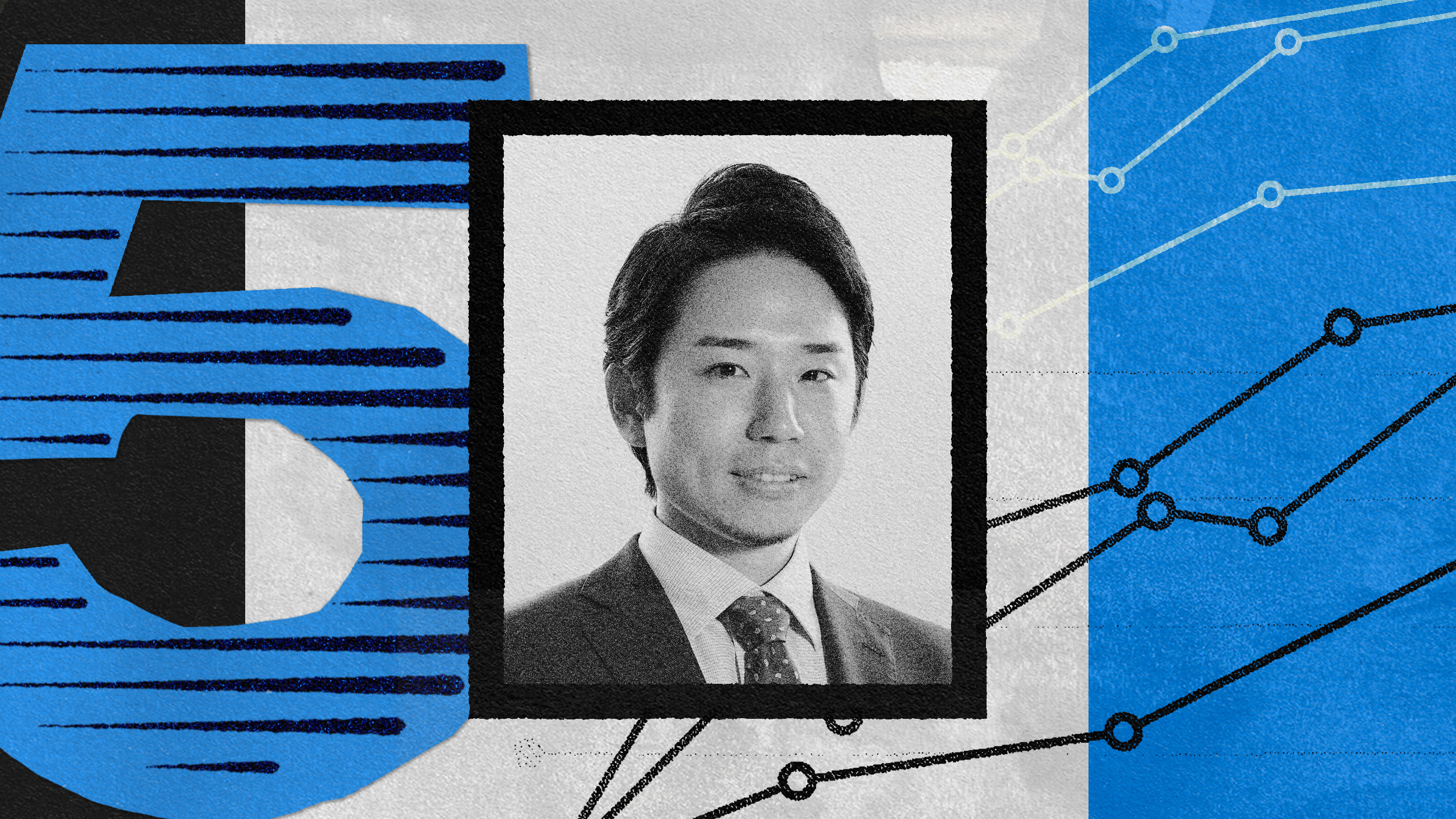Want to tap into the power of simplicity? You must first define.

People admire complexity. Many attribute it to the work of superior minds, those with the skills or intelligence to wrangle challenging ideas into a workable—if not always comprehensible—whole. This esteem is apparent in the words English speakers use to describe complex things. A small sample of synonyms includes baroque, elaborate, intricate, daedal, labyrinthine, and sophisticated. Note that with few exceptions, such as convoluted, the idea of complexity enjoys an air of suave, urbane cultivation.
Conversely, simple doesn’t receive the same lexical love. Its thesaurus entry reads like a dating profile for drywall: bare, plain, elementary, unembellished, unornamented, and unsophisticated. Simple isn’t conceived of as simply simple; it’s simpleminded.
Lisa Bodell, founder and CEO of FutureThink, argues this perception is misguided. It is simplicity that requires more care, thoughtfulness, and sophistication to nurture. And in business, she argues, simplicity is the key to problem-solving, critical thinking, and superior results.
To tap into the power of simplicity, however, you’ll need a better definition to work with. Here is Bodell’s:
Simplicity: In a business context, the quality of being as minimal, understandable, repeatable, and accessible as possible
- Minimal: Making something “less than”, getting rid of parts
- Understandable: Communicating with clarity, avoiding jargon
- Repeatable: Avoiding one-offs, leveraging best practices
The shape of these qualities will vary by vocation and context. A writer’s prose aims to produce something different than a logistician’s supply chain. Yet both can be simple. In business, the concept is embodied by Bodell’s mutually reinforcing criteria. Each is required to support the others if the result is to be effectively simple.
If you remove extraneous steps from a process, for example, you not only make it minimal but more understandable. A minimal process is also more repeatable as it can be extracted from its original context, altered, and established elsewhere more easily than a byzantine one.
Take software brittleness. When software is new, it is both minimal and malleable, but it grows larger and more complex with each patch or update. While these updates are good in the short-term—they fix real-world problems that crop up as the software is used—in the long-term, the added complexity makes things easier to break. Eventually, the software becomes too unstable to be maintained.
At some point, software developers have to get back to the basics and start fresh. The same holds for business procedures.
Here’s another connection: When jargon and industrial acronyms swarm communication, they often render it all-but incoherent. Clarifying the message makes it more understandable and therefore more accessible. And crystal-clear communication has a myriad of benefits. It makes onboarding easier, creates transparent business-client relationships, and encourages more ethical business practices as bad actors can’t hide behind a veil of obfuscation.
A word of warning: The reverse is true as well. If you are missing one of these criteria, the others will falter and potentially break.
Simple, but not too simple
- There is a risk that you can oversimplify something.
- The goal is to find the right balance between too simple and too complicated.
- Ask: How can we make simplicity work for us, not against us?
Of course, you can always have too much of a good thing, and simplicity is no exception. You can oversimplify to the point where things become vague and bewildering.
To expand on Bodell’s example, IKEA attempted to streamline its building instructions by only using images to relay information. But without words to clarify those images, many users felt they were translating Egyptian hieroglyphs without a Rosetta Stone. A little more context would have helped reduce befuddlement and prevent many a rage quit.
And as alluded to earlier, people enjoy some complexity. They find it enticing and interesting. They see it as a mark of mastery and inclusion within a group of professionals. Because it adds a touch of spice that can elevate and enrich, a little complexity—deftly sprinkled—can be welcoming.
Ultimately, it’s a balancing act. Go too simple, and you risk being obtuse or overly bland. Go too complex, and you risk being opaque or overpowering. But if you find that balance—erring on the side of simplicity—then you can create something masterful in almost everything you do.
Simplify your work culture with lessons ‘For Business’ from Big Think+. At Big Think+, more than 350 experts, academics, and entrepreneurs come together to teach essential skills in career development and lifelong learning. Join Lisa Bodell for her expert class, “Why Simple Wins,” and enjoy lessons in:
- Defining Simplicity
- Getting to the Work that Matters
- Three Benefits of Simplifying Your Business
- Eight Guiding Questions to Help You Get to Meaningful Work
- How to Waste Less Time With Email
Request a demo today!




